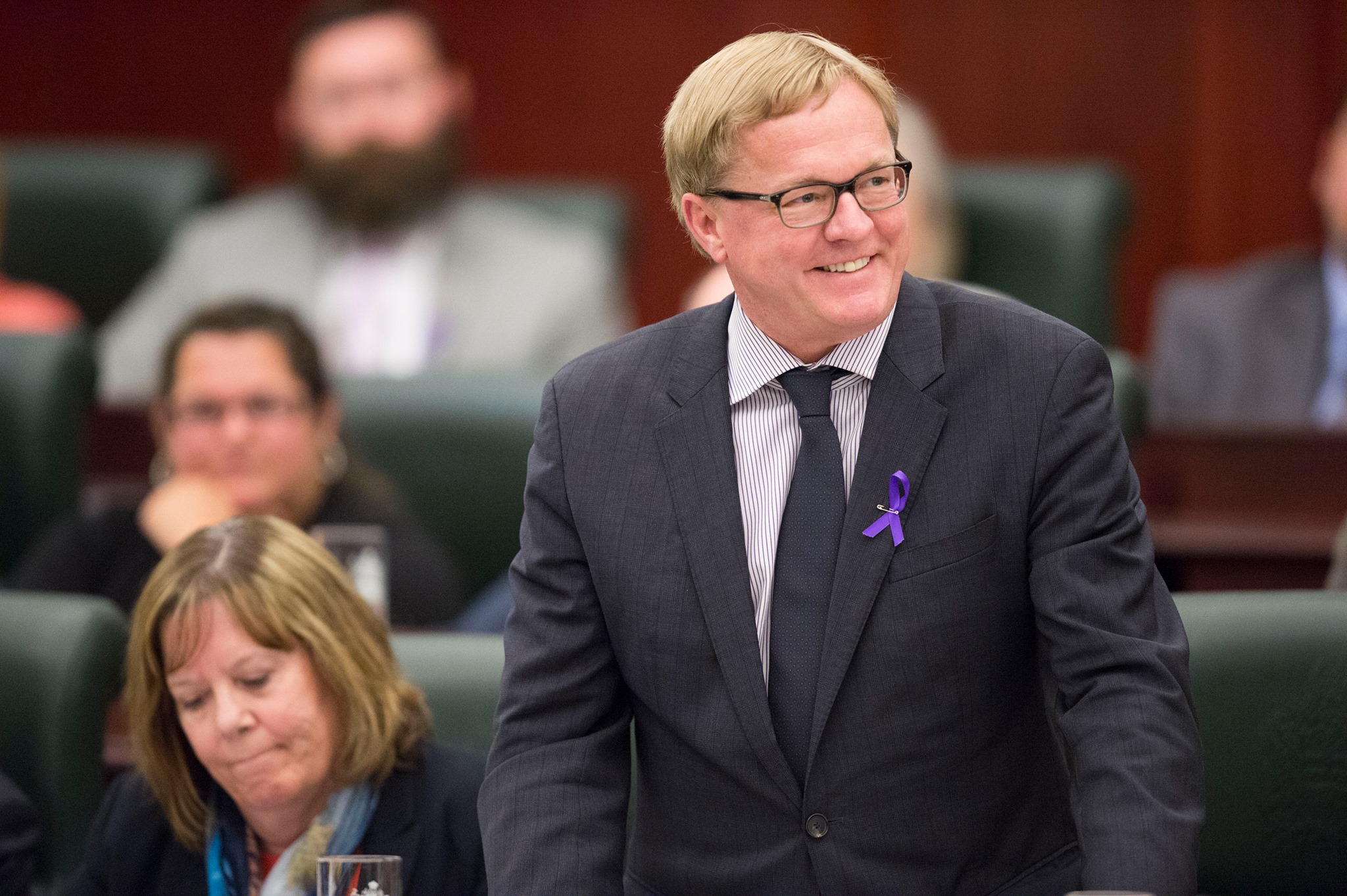
(Facebook photo)
EDMONTON—A low Canadian dollar has opened a window of travel opportunity that Alberta plans to take full advantage of, says Tourism Minister David Eggen.
Eggen says the province will do that by expanding travel opportunities beyond the traditional powerhouse attractions of Banff and Jasper.
“We’ve seen over the last couple of years record revenues and crowds into the mountain parks,” he said in a year-end interview. “A lot of people have it as part of their bucket list. We just want to kind of expand on that.”
“We need to be more aggressive and have more partnerships with the tourist industry.”
Expansion and partnering are the pillars of a seven-year plan, launched in 2013 under the former Progressive Conservative government, to grow tourism revenue by one-third to $10.3 billion.
Eggen said the heavy lifting will still be done by skiers, hikers, kayakers, sightseers and other visitors who stream into Banff and Jasper.
But new frontiers are opening up such as the Castle Wilderness region in Alberta’s southwest corner. In September, the province announced two parks in the region—one for camping, the second for back-country pursuits.
Eggen pointed to other attractions not that far away that include Waterton Lakes National Park, Fort Macleod and Head-Smashed-In Buffalo Jump.
“I want to give it more camping and hotel capacity and to package it together with the attractions that they have,” he said. “Working closely with the people down there, we can really create another mountain tourism destination.”
Eggen is also looking to expand snowmobile tourism in places such as Grande Cache and Lac La Biche.
Add to that an agreement with Francophone Economic Development Council of Alberta to create a video and promote the province in trade shows to bring more Quebecers out west.
And Pomeroy Lodging LP committed this fall to a $26-million upgrade of the Delta Lodge at Kananaskis.
Alberta also is looking to secure more direct flights from Asia and is trying to bring in more visitors from U.S. destinations in Texas and southern California, who can already get to Alberta in one airplane ride.
Eggen said he is impressed by British Columbia’s aggressive tourism strategy. Sitting in a restaurant in Pincher Creek recently, he said he spied a rack of tourism pamphlets—all for destinations in B.C.
The province excels at turning “lemons into lemonade,” he said. One example is how the former Kettle Valley railway was transformed into a scenic, high-altitude mountain bike adventure.